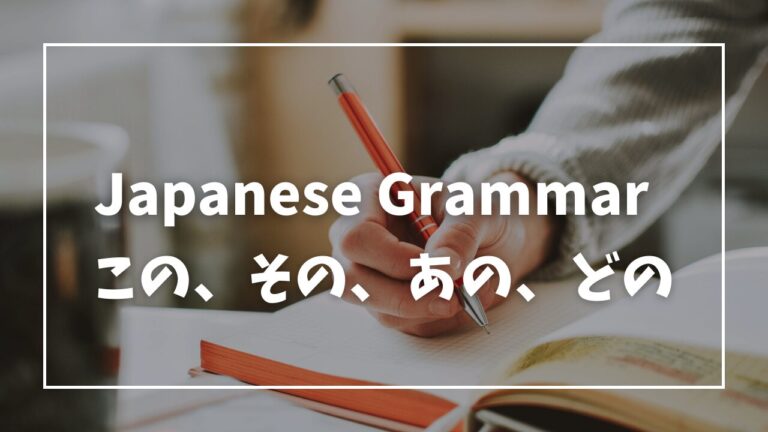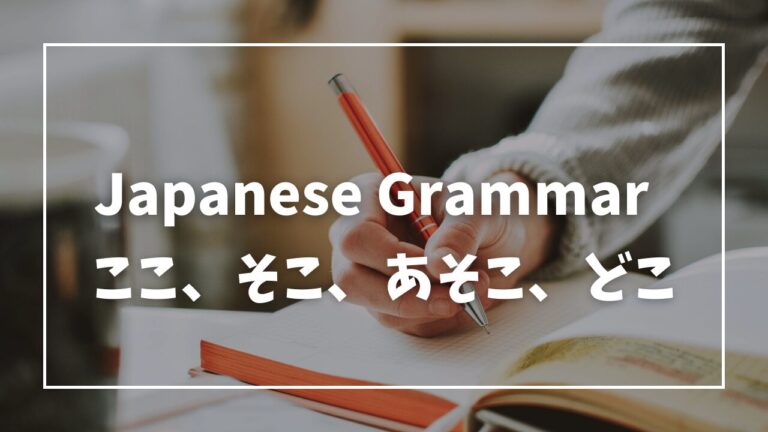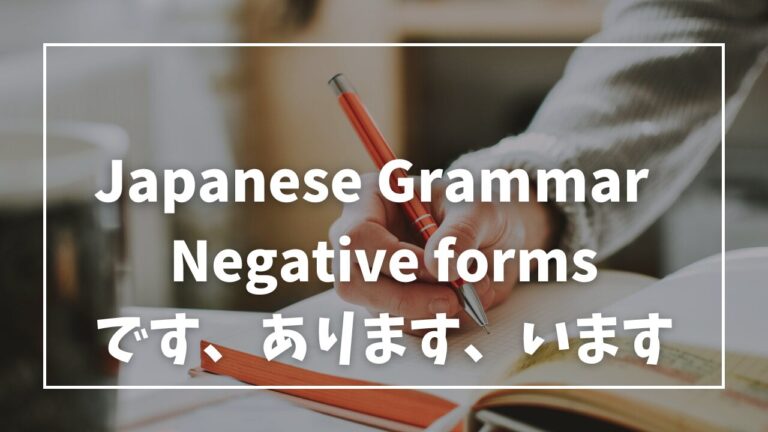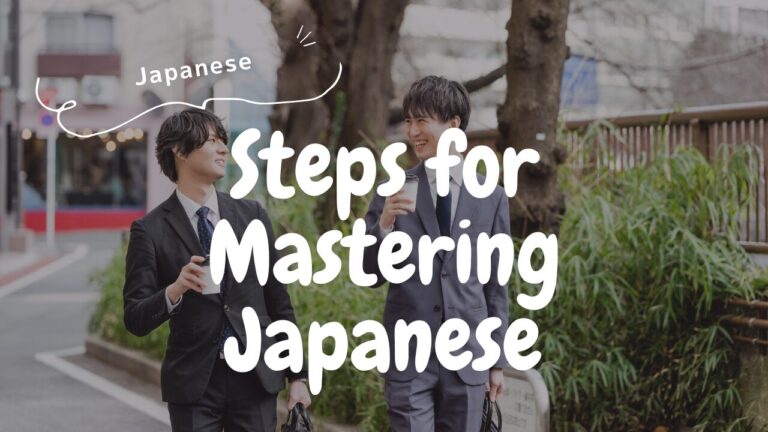Understanding あります and います: The Basics of Japanese Existence Verbs
Japanese has two primary verbs to express existence or possession: あります (arimasu) and います (imasu). While English speakers use “there is/are” or “have” for everything, Japanese makes a crucial distinction between living and non-living things. This article will help you master these fundamental verbs and avoid common pitfalls.
The Core Difference
The key to understanding these verbs lies in a simple distinction:
- あります (arimasu) is used for inanimate objects and abstract concepts
- います (imasu) is used for living things (people and animals)
Think of it this way: if something has a heartbeat or can move around on its own, you’ll probably use います. If it’s an object, concept, or stationary thing, you’ll use あります.
あります: For Objects and Abstract Concepts
Let’s start with あります, which is used for things you can touch (but aren’t alive) and things you can’t touch at all (abstract concepts). Here are some practical examples:
Physical Objects:
- 本があります。(Hon ga arimasu) – There is a book.
- 机の上にペンがあります。(Tsukue no ue ni pen ga arimasu) – There is a pen on the desk.
- コンビニが駅の近くにあります。(Konbini ga eki no chikaku ni arimasu) – There is a convenience store near the station.
Abstract Concepts:
- 時間があります。(Jikan ga arimasu) – There is time.
- チャンスがあります。(Chansu ga arimasu) – There is a chance/opportunity.
- 問題があります。(Mondai ga arimasu) – There is a problem.
います: For Living Beings
います is your go-to verb for anything that breathes, moves independently, and has consciousness. Here are some everyday examples:
People:
- 先生が教室にいます。(Sensei ga kyōshitsu ni imasu) – The teacher is in the classroom.
- 友達が公園にいます。(Tomodachi ga kōen ni imasu) – My friend is in the park.
- 両親が家にいます。(Ryōshin ga ie ni imasu) – My parents are at home.
Animals:
- 犬がいます。(Inu ga imasu) – There is a dog.
- 私の家に猫がいます。(Watashi no ie ni neko ga imasu) – There is a cat in my house.
- 池に魚がいます。(Ike ni sakana ga imasu) – There are fish in the pond.
A Simple Memory Trick
Here’s an easy way to remember which verb to use: Ask yourself these two questions:
- Can you pet it?
- Does it breathe?
If you answered “yes” to either question, use います. If you answered “no” to both questions, use あります.
Common Exceptions and Tricky Cases
While the basic rule is straightforward, there are some interesting exceptions that often confuse beginners:
Plants: Despite being living things, plants typically use あります. For example:
- 庭に木があります。(Niwa ni ki ga arimasu) – There is a tree in the garden.
- 花があります。(Hana ga arimasu) – There are flowers.
Pets as Possessions: Even though you might think of pets as possessions, they’re living beings, so they always use います:
- うちに犬がいます。(Uchi ni inu ga imasu) – We have a dog at home.
- 妹が猫を二匹飼っています。(Imōto ga neko wo nihiki katte imasu) – My younger sister has two cats.
Practice Makes Perfect
To reinforce your understanding, try making simple sentences about things around you. Look around your room or workplace:
- Is there a computer? → パソコンがあります。
- Is there a coworker? → 同僚がいます。
- Is there a clock? → 時計があります。
- Is there a bird outside? → 鳥がいます。
Conclusion
Understanding the difference between あります and います is crucial for speaking natural Japanese. While it might seem challenging at first, the basic rule is quite logical: living things use います, while non-living things use あります. Keep practicing with things you see in your daily life, and soon it will become second nature.
Remember, even native English speakers who are fluent in Japanese sometimes had to work hard to master this distinction. Don’t get discouraged if you make mistakes – they’re a natural part of the learning process. Keep practicing, and you’ll soon find yourself using these verbs correctly without even thinking about it.








